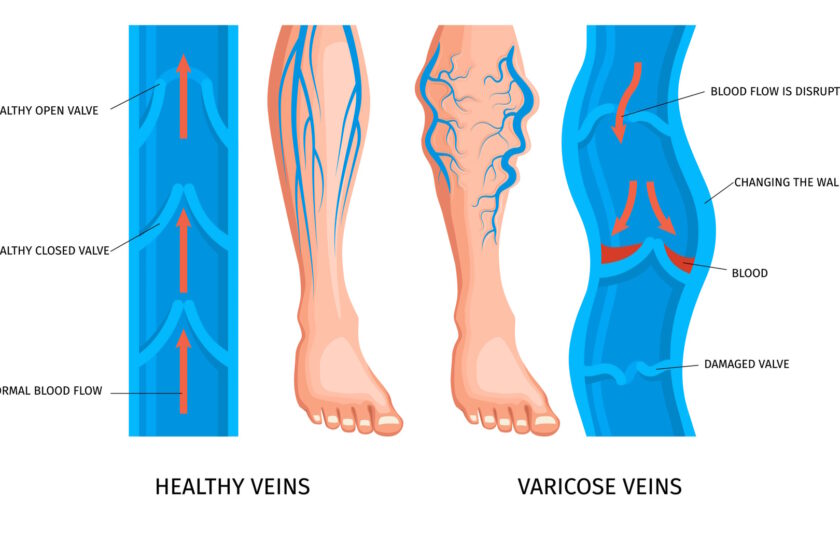
When to Worry about Varicose Veins: Identifying the Red Flags
Varicose veins are a common condition that many adults grapple with, typically presenting as bulging, bluish veins that are visible beneath the skin’s surface. Although they can occur anywhere, they are most common in the legs. While not everyone with varicose veins experiences discomfort, for some, it can occasionally cause pain and lead to more serious problems. Consulting a veins specialist doctor in Vadodara like Dr Sumit Kapadia is often a good starting point to understand the nature of your varicose veins and seek appropriate varicose treatment.
When Should You Worry about Varicose Veins
So, when should you worry about varicose veins? While varicose veins are often harmless, there are certain “red flag” symptoms that should prompt immediate consultation with a veins specialist doctor:
Pain and discomfort
If your varicose veins are causing a significant amount of discomfort or pain, it’s time to seek professional help. This could be due to clot formation within these veins.
Changes in colour or bleeding
If you notice a change in colour of the veins or experience bleeding from a varicose vein, you should promptly consult a veins specialist doctor.
Formation of ulcers
The appearance of ulcers, particularly around the ankle area, is a serious sign. These can be painful and take a long time to heal.
Venous Eczema
This condition presents as dry, itchy skin around the varicose vein. If left untreated, the skin can flake and crack, leading to a venous leg ulcer.
Lipodermatosclerosis
The earliest sign of venous hypertension (increasing pressure within the veins leading to slin changes) is pigmentation at the ankle. This can progress to hardness of skin with blackening, a condition called as lipodermatosclerosis. The skin becomes fragile and is then prone to development of ulcers.
Venous Thrombosis: A deep vein thrombosis (DVT) is a serious condition that requires immediate medical attention. If your leg becomes swollen, warm, and painful, it may be a sign of DVT.
Sudden swelling in the leg or legs: This could be a sign of a blood clot, which could be life-threatening if it travels to the lungs (pulmonary embolism).
It’s important to remember that varicose veins are not the same as spider veins, which are smaller and closer to the skin’s surface. The question of when to worry about spider veins is different as they are often not associated with significant health risks, but if they bother you aesthetically, you can consider treatment options.
Conclusion
Varicose veins are more than just a cosmetic issue; they can significantly impact the quality of your life and potentially lead to severe health complications. If you’re asking yourself when to worry about varicose veins, the best course of action is to consult with a veins specialist doctor, such as Dr Sumit Kapadia, at the first sign of discomfort or the appearance of any of the symptoms mentioned above. With his expertise in varicose veins treatment, Dr Kapadia can provide an accurate diagnosis and develop a personalized treatment plan for you, ensuring you get the right care at the right time.




